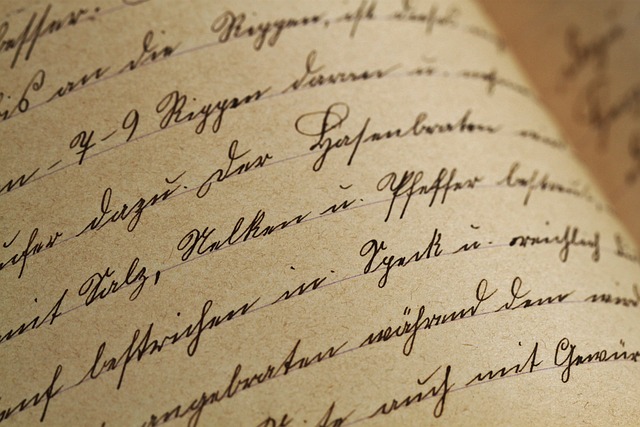
Optical character recognition (OCR) technology solves many serious problems that may arise in the process of document digitization. That’s the reason why the OCR tech market is bound to reach a volume of 39.6 billion US dollars by 2030, statistics show.
OCR scanning services are readily available and in high demand but what exactly do they deliver and how does the technology work? Having the answers to these questions can simplify the process of choosing on-site document scanning services and digitization solutions.
What Are OCR Scanning Services?
OCR technology allows for the recognition of letters, numbers and other standard characters whenever a document is scanned.
To put it in simple terms, OCR creates a text file that can be edited instead of an image file. Standard scanning produces files like JPEG or TIFF. These files contain visual information and as such, they don’t allow for the editing or the modification of the text. In that case, the creation of a digital archive that’s usable and modifiable becomes a challenging task.
Document scanning solution providers will thus offer their clients OCR-based services. When the optical character recognition process is completed, the file will come in a format like PDF, DOC or DOCX. All of these are text formats that produce a modifiable and effortlessly editable archive.
How Does OCR Technology Work?
While you don’t really need this kind of information to choose an OCR scanning service, it’s still interesting to learn a bit more about the amazing technology.
OCR scanning services work in two different ways (given the right technology is being employed).
One of the options is pattern recognition and the second one is feature detection.
You may already have some idea why OCR can be a challenging task. A letter can be written in so many different ways. Even if we aren’t talking about a handwritten page, there are still thousands of fonts. What enables a piece of tech to recognize a particular letter and turn it into actual editable text?
Pattern recognition involves “teaching” a program how to recognize a wide array of standard fonts.
It all started with a font called OCR-A that was developed in the 1960s for standardization purposes. OCR-A was the first font used to teach programs how to recognize letters based on their shape and pattern.
Pattern recognition may still struggle with more exotic or decorative fonts but unless your documents contain such texts, you really don’t have a reason to worry.
Feature detection is sometimes called intelligent character recognition because it is much more sophisticated than pattern recognition. This technology relies on a set of “rules” that allow for the recognition of characters regardless of the font. These rules are based on angles, horizontal, vertical lines, crossed lines and other unique characteristics that are defining for a letter or a number regardless of the font.
With feature detection, OCR scanning services allow for a very precise outcome that requires very little editing and human involvement (or none whatsoever).
The OCR Scanning Services Process
Anyone who chooses OCR scanning services delivered by a reputable and experienced team will have to go through a couple of steps.
The first one involves document preparation (a standard preliminary step for most digitization protocols). The aim here is to get rid of creases, cuts, binding elements and other things that may reduce the quality of the scan.
Following document prep is scanning. An optical scanner will be used for the purpose, creating an image-based digital file to work with.
Next, an OCR program is going to be employed. There are lots of different tech solutions out there designed for the needs of both professionals and amateurs. Professional teams typically rely on much more sophisticated solutions that reduce the risk of error and the need for human correction later on.
Following the creation of a text-based file, some basic error correction will need to take place. Depending on the program, this feature could be built into the platform. You’ll get highlights and a chance to review the copy before finalizing the process for the respective document.
An extra step is possible with high quality OCR platforms. Not only will they recognize characters, such software products would also recognize graphs, images, tables and diagrams (the process is called layout analysis). These graphic elements will be incorporated successfully in the layout of the document, without interfering with the flow of the text.
A Powerful Solution for Handwritten Text, As Well
An OCR scanning service is such a powerful option that it can even be used to digitize handwritten documents and turn those into text files.
Handwriting recognition involves the most complex and powerful technologies that often bring together character recognition, feature detection and even artificial intelligence (AI).
Obviously, texts that are written hastily or handwriting that’s illegible will challenge the most intelligent of machines. But if you have certain forms or document fields that have been filled out by hand, a scanning solution may be employed to turn these documents into a part of your digital archive.
Pingback: Onsite Scanning San Diego - Scannmore